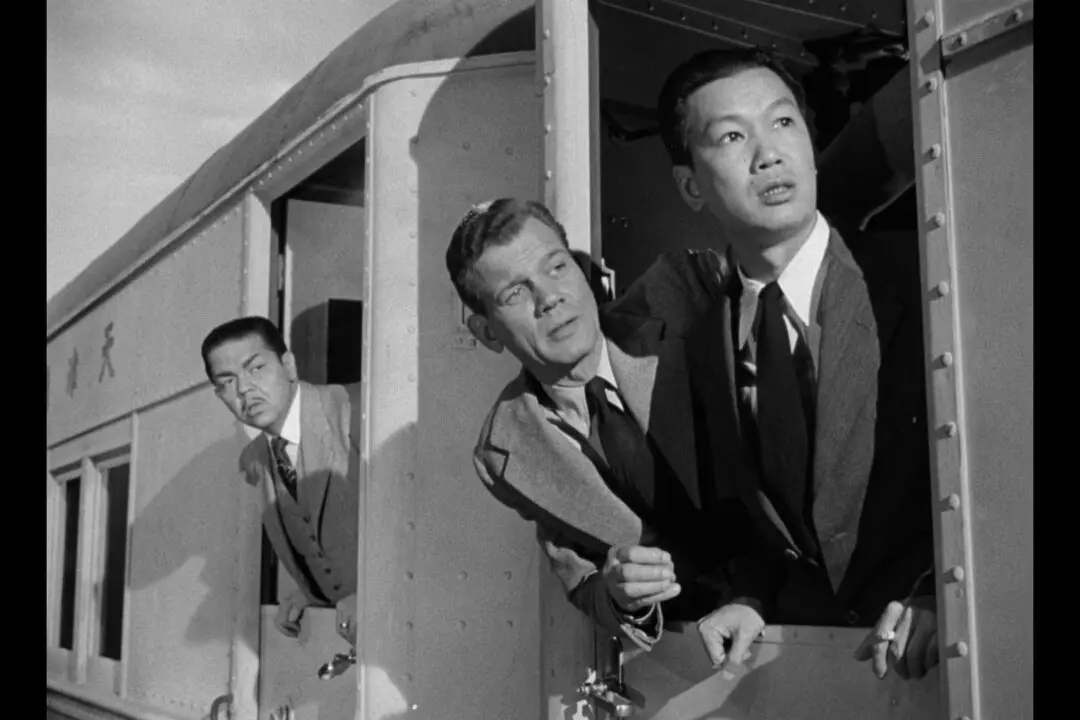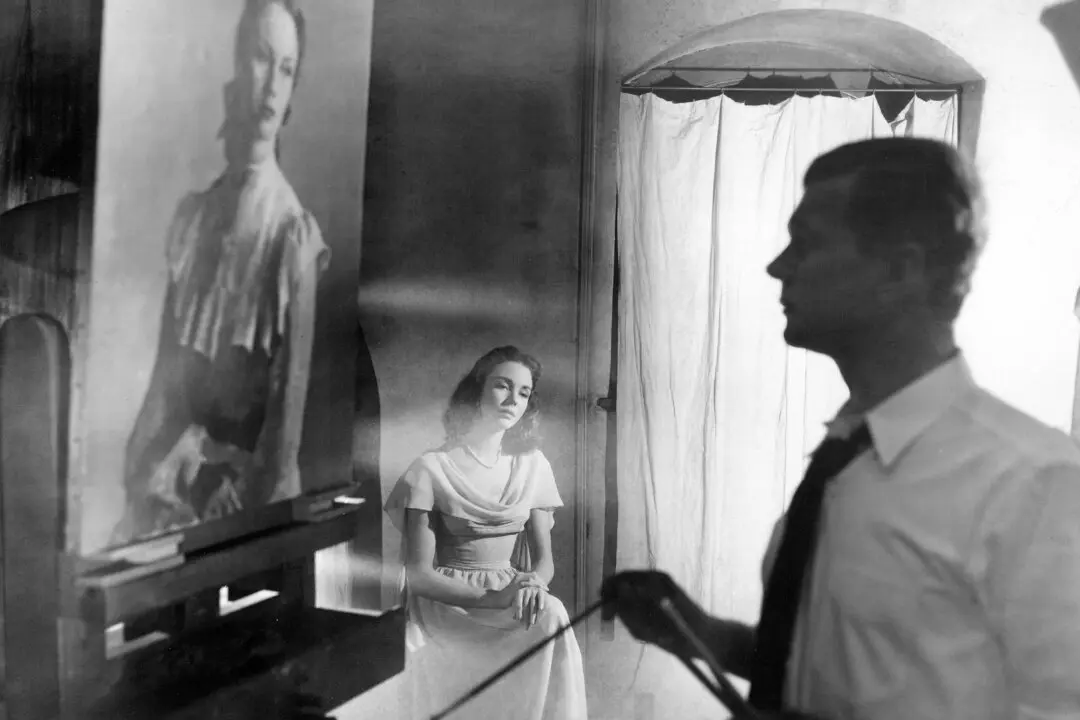NR | 2h 6min | Drama, Comedy | 1945
Producer, director, and screenwriter Leo McCarey’s box-office hit “Going My Way” (1944) inspired his sequel, “The Bells of St. Mary’s” (1945). The films introduced Father O’Malley to audiences, a character McCarey created and dramatized.




